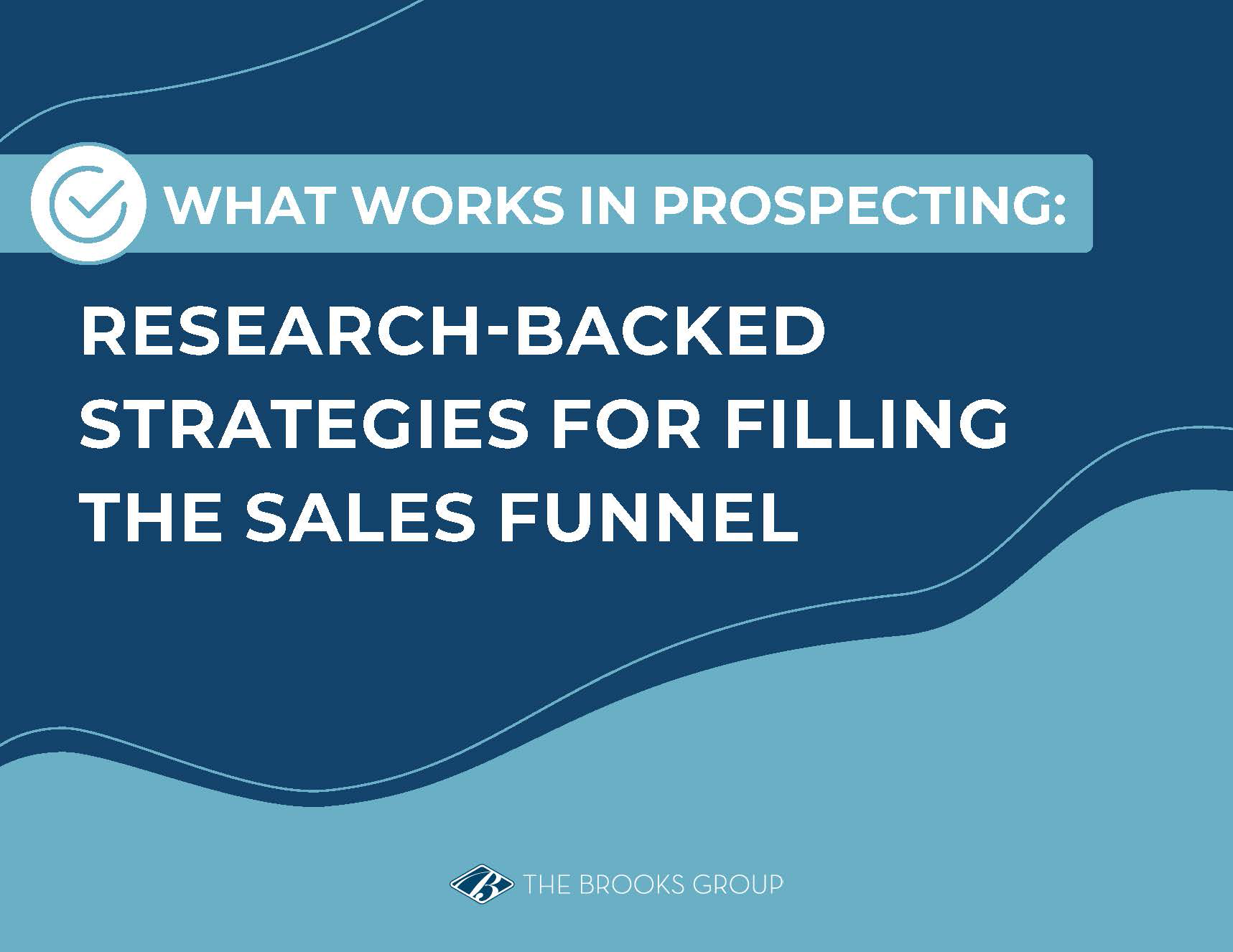Understanding your prospect’s needs is arguably the most critical aspect of being a successful salesperson. It goes far beyond simply knowing the features and benefits of what you’re selling—it requires active listening skills and the right sales questions.
Truly grasping your prospect’s pain points, challenges, objectives, and desired outcomes allows you to position your product or service as the ideal solution to their specific situation.
When you take the time to actively listen and ask the right sales discovery questions, you gain valuable insights into their motivations, priorities, and decision-making criteria. This enables you to craft a tailored and compelling sales pitch that resonates on a deeper level. Rather than using generic sales tactics, you can address their unique requirements directly.
Mastering this skill pays dividends throughout the entire sales cycle. It builds trust and credibility as you demonstrate a vested interest in their business. It keeps you aligned on mutually beneficial outcomes. And it gives you a competitive edge by allowing you to solve their problems better than alternatives.
At its core, understanding needs is about enhancing the buyer experience and maximizing your chances of winning their business.
Difference Between a Lead and a Prospect
First, let’s define the difference between a lead and a prospect. A lead is someone who has shown some level of interest in your product or service but may not necessarily be qualified or ready to buy.
Leads can come from many sources, such as website visitors, marketing campaigns, trade shows, or referrals. You typically don’t have much information about their specific needs, timelines, or buying authority at the lead stage.
A prospect, on the other hand, is a lead that has been further qualified and vetted to determine if they are a good potential fit for what you offer. Prospects have confirmed needs that align with your solutions and exhibit clear buying signals.
They likely have budgeted funds available, the authority to make purchasing decisions, and an active project or pain point driving them to explore options. While leads represent potentials in your pipeline, prospects are leads that have advanced based on meeting certain qualification criteria.
Properly vetting and identifying qualified prospects allows you to prioritize the most viable sales opportunities and allocate your efforts more efficiently. The key distinction is that prospects are further along in their buyer’s journey and are primed for you to dive deeper into understanding their specific needs.
3 Steps to Understanding Prospects’ Needs and Wants
Active listening and questioning are the two main ways to discover what, why, and under what conditions your prospect will buy. Simple, right?
But it’s harder in practice than it may seem. When you look at these two steps using a value-based selling approach, they take on different meanings.
- “Questioning” is guiding your prospect through a series of steps to uncover their personal and professional goals and objectives so you can 1) see if there’s a need and 2) determine the right solution.
- “Listening” is carefully absorbing what the prospect shares so you can dig deeper and add value.
Countless sales professionals have been trained to use their listening time to think of what to say after—and sometimes even before—the prospect finishes. To improve your listening skills, that focus must change.
Sales professionals must put aside their own interests to discover and satisfy the needs and wants of their customers. This single action alone will improve your sales efforts. But there are also key steps that build active listening skills in sales.
Step 1: Put Your Prospect’s Needs First
The best way to serve your own interests is to put the needs and wants of your prospect first. If all you want to talk about is your products, your product’s features, or your organization, don’t be surprised if you encounter strong sales resistance from the very outset.
If you focus on your prospect’s interests, your prospect’s needs and wants, and the prospect’s values instead, you’ll notice a remarkable difference in that person’s openness to you. The care you take in laying a foundation will pay dividends because your customers will trust you enough to open up.
Step 2: Position Yourself as a Resource
In a crowded market, what separates you from a vending machine is that you have an opportunity to respond to the widely varied and specific needs of each customer you serve.
To deliver value to the prospect, you must see yourself primarily as a resource and communicate that value using a consultative selling approach. This means understanding your prospect’s industry, business challenges, and long-term goals so you can offer solutions to support that trajectory.
If the primary focus of your sales approach is creating value for the individuals you meet, you will not only become an effective value-based sales professional; you will become a successful one.
Step 3: Discover What the Prospect Values
To become a resource for prospects, you must first discover what they perceive as valuable. To paraphrase a familiar adage: Value is in the eye of the beholder. Your selling success will rise in direct proportion to your accurate understanding of the value system of your prospects.
Understanding comes from asking probing questions and using active listening strategies. Here are practical ways to improve your active listening and questioning skills:
- Open your ears, eyes, and mind to be truly receptive to the prospect.
- Listen from the very first word and give that person your undivided attention.
- Use open-ended questions to encourage people to share and to clarify your understanding of what they really mean. Actively help the other person convey his or her ideas.
- Focus on what the prospect says. Don’t try to figure out what the person is going to say or what you are going to say in return.
- Show you are truly paying attention. Look the person squarely in the eye. Use facial expressions and other nonverbal clues to show that you hear and understand what they’re saying.
- Never interrupt. It sends a message that you are not serious about understanding what the person is saying.
- Control outside interruptions and distractions as much as you can.
- Take notes of important points. Look for related ideas and connections.
- Never react to highly charged words or tone of voice. Hear the person out, then respond. Most people will cool down and begin to talk calmly once they vent their anger and frustrations.
Consultative selling begins with asking the right questions, active listening, and truly understanding the prospect’s personal and professional objectives. Remember: Unless you accurately understand what someone is saying and can plug into their greatest needs, you’re never going to be able to sell the right solution for that customer.
The Importance of Active Listening Skills Training
Active listening is a crucial skill for sales professionals, and investing in training for this skill can pay significant dividends. When you actively listen, you demonstrate to your prospects that you are fully engaged, are seeking to understand their unique situations, and are committed to providing tailored solutions that address their specific needs.
By practicing active listening techniques such as maintaining eye contact, avoiding interruptions, asking clarifying questions, and paraphrasing key points, you not only gather more insightful information but also build rapport and trust with your prospects.
This heightened level of engagement and understanding enables you to position your offerings more effectively, overcome objections more confidently, and ultimately close more deals.
Developing strong active listening skills through sales training can be a game-changer for sales professionals, as it enhances your ability to connect with prospects, uncover their true motivations, and craft compelling, personalized solutions that resonate deeply.
Learn More
Help your team engage with customers, ask probing questions, and navigate conversations with confidence with sales training from The Brooks Group.
White Paper Download
What Works in Prospecting
There are many variables that impact the success or failure of a sale. Do your sellers risk the sale by making assumptions about the buyer?
Gain insight into the survey results from over 300 buyers and sellers, from individual contributors to CEOs, that will help your sales team improve their prospecting effectiveness.





